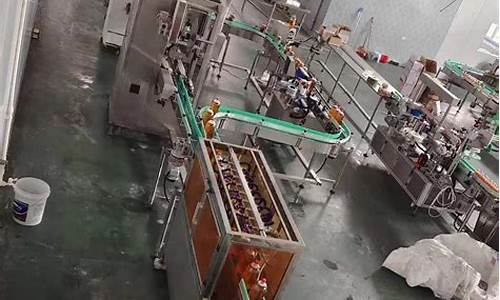Operating a kiwi juice filling machine efficiently is crucial for maintaining production flow and quality standards. However, like any machinery, these filling machines can encounter common issues that disrupt operations. Understanding these problems and their solutions is essential for ensuring smooth production.
1. Clogging in the Filling Nozzle
One of the frequent issues with kiwi juice filling machines is nozzle clogging. This occurs when pulp or debris from the juice accumulates in the nozzle, obstructing the flow. To prevent this, regular cleaning and maintenance of the filling nozzles are necessary. Using filtered kiwi juice can also minimize the risk of clogs. Additionally, adjusting the filling speed and viscosity settings can help mitigate this issue.

2. Seal Leakage
Another common problem is seal leakage, which can lead to spillage and contamination of the product. This issue often arises due to worn-out seals or improper sealing of the containers. Regularly inspecting and replacing seals as part of preventive maintenance can prevent leakage. Adjusting the sealing pressure and temperature settings according to the manufacturer's recommendations is crucial for achieving effective seals.
3. Control System Malfunctions
The control system of the kiwi juice filling machine may experience malfunctions, causing operational disruptions. These issues can range from sensor failures to software glitches. Conducting routine checks on the control panel, calibrating sensors, and updating software regularly can help prevent such malfunctions. Additionally, training operators to identify and troubleshoot minor control system errors can minimize downtime.
Conclusion
In conclusion, maintaining a kiwi juice filling machine involves proactive measures to prevent common faults. Regular cleaning of filling nozzles, inspecting and replacing seals, and ensuring the proper functioning of the control system are essential steps. By addressing these issues promptly and implementing preventive maintenance schedules, manufacturers can enhance production efficiency and product quality. Adhering to these practices not only reduces downtime but also improves overall operational reliability of the filling machine.
This approach not only ensures consistent production but also prolongs the lifespan of the equipment, ultimately leading to cost savings and enhanced customer satisfaction.






























